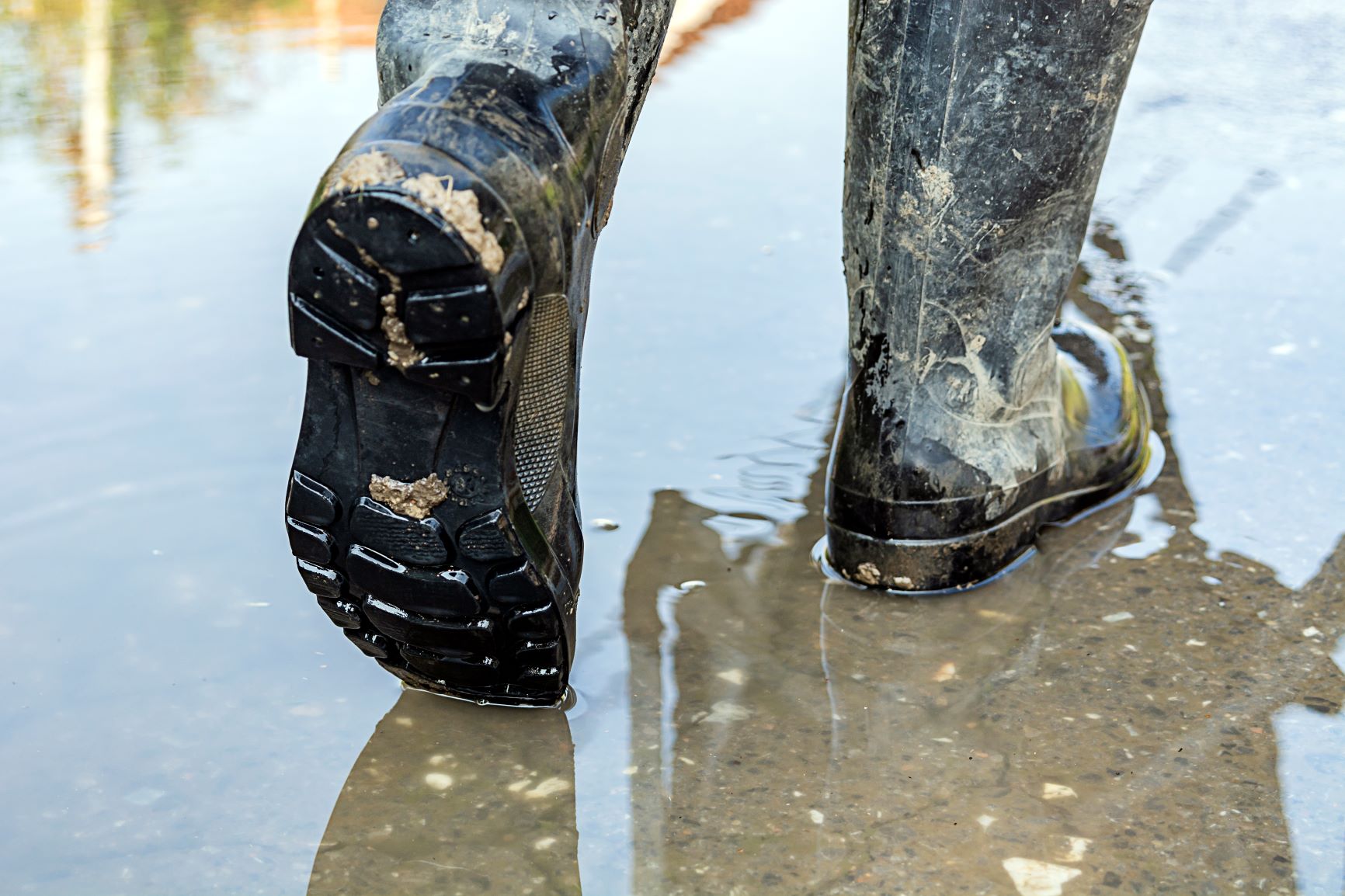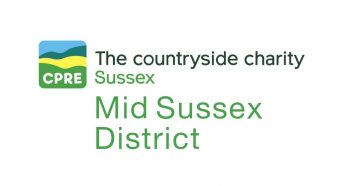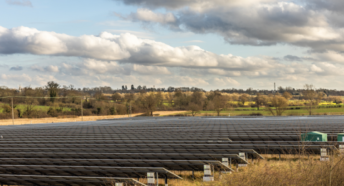Lower Thames Crossing: is it only going to make things worse on our roads?

The Lower Thames Crossing, should it be built, would merely exacerbate traffic congestion in north-west Kent, says Alex Hills, chairman of Dartford and Gravesham CPRE.
“The A227 section that runs from the A20 to the A2 and that paces through Vigo, Culverstone, Meopham and Istead Rise is facing a massive increase in traffic,” he said.
“Work by the Gravesham Rural Residents Group (GRRG) has proved that lorries are already using this road as a cut-through.
“With 3,000 houses planned for Borough Green and Gravesham Borough Council pressing to build on Green Belt in the area, this road already faces a huge hike in traffic. A new Thames crossing would drastically increase it yet further.
“The road has pinch-points at Wrotham Hill, near Culverstone Green primary school, Meopham Green, the listed George Inn and the shops near Meopham station.
“These pinch-points make it unsuitable for large HGVs, which is why we are calling for a weight restriction to be put on the road, along with other traffic measures.
“The safety of the children attending the two schools and residents’ health and well-being on the road must take priority. To put things in perspective, it can take minutes to cross the road now, so any increase in traffic is going to really impact on people’s lives.”
Given the potential effect on the area, Alex wants to see Highways England provide the appropriate mitigation if the new crossing becomes a reality.
“Highways England has admitted that the new crossing will increase the traffic using the A227, yet it is reportedly not going to pay for the required mitigation measures.”
CPRE Kent is requesting clarity on the issue of mitigation and wants to see a comprehensive cost-benefit analysis as part of that process.
Alex concluded: “It is not right that Kent County Council should be forced to pay for problems caused by a Highways England project that will not solve the problems at the Dartford crossing, will increase traffic congestion and will increase air pollution.”
Wednesday, December 19, 2018
- A number of important documents have yet to emerge. For example, a rigorous transport plan and a finalised air-quality assessment. The latter is critical given that allocations at Teynham will feed extra traffic into AQMAs.
- There seems to be no coherent plan for infrastructure delivery – a key component of the plan given the allocations being proposed near the already crowded Junction 7.
- There seems to have been little or no cooperation with neighbouring boroughs or even parish councils within Swale itself.
The removal of a second consultation might have been understandable if this final version of the plan were similar to that being talked about at the beginning of the consultation process. It is, however, radically different in the following ways:
- There has been a major shift in the balance of housing allocations, away from the west of the borough over to the east, especially around the historic town of Faversham. This is a move that raises many concerns.
- A new large allocation, with accompanying A2 bypass, has appeared around Teynham and Lynsted, to which we are objecting.
- Housing allocations in the AONB around Neames Forstal that were judged “unsuitable” by the council’s own officers have now appeared as part of the housing numbers.
- Most of the housing allocations being proposed are on greenfield sites, many of them on Grade 1 agricultural land – a point to which we are strongly objecting.
Concerns about the rush to submit the plan
The haste with which the plan is being prepared is especially worrying given the concentration of housing in Faversham. If the town is to take a large amount of new housing, it is imperative that the policies concerning the area are carefully worked out to preserve, as far as possible, the unique nature of the town. The rush to submit the plan is likely to prove detrimental.
As Swale does not have a five-year land housing supply, it is open to speculative development proposals, many of which would run counter to the ideas contained in the current plan. Some are already appearing. This is a common situation, and one that, doubtless, is a reason behind Swale’s haste.
Our overriding fear, however, is that this emphasis on haste is ultimately going to prove counterproductive. This is because it is our view that the plan, in its current form, is unlikely to pass independent examination. We are urging Swale to listen to and act upon the comments being made about the plan and to return the plan to the council with appropriate modifications before submitting it to the Secretary of State.
Essentially, this means treating the current consultation not as the final one but as the ‘lost’ second consultation.
The consultation ends on Friday 30 April and we strongly urge residents to make their opinions known if they have not already done so.
Further information








